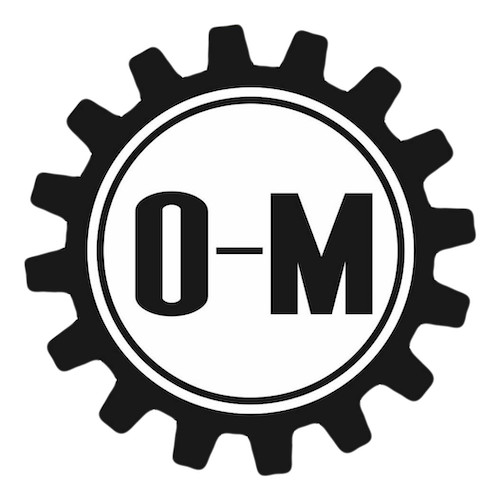With all the talking we do about neuromuscular therapy, you might be thinking there’s nothing you can do when you’re in pain at home and between appointments. But, there are actually a lot of supportive actions you can take at home to start feeling better – and help you get the most out of your appointment. Today, we’re going to discuss how to use a foam roller and what benefits you can expect from adding this tool to your home library.
What Is A Foam Roller?
You’ve probably seen one before, but let’s review the types. They come in a variety of lengths, diameters, and textures depending on your needs. Most are between 5-6″ in diameter and 2-3ft long. These are the ones you’re likely to see at a gym or other workout studio, and they are easy to find in any store that sells workout equipment. The surface can be smooth or textured with a bumpy exterior and some are more dense than others. For the purposes of supportive home treatment, there’s no reason to get fancy. A standard smooth roller will do well for most people. Choose a shorter length if you don’t have much space to store it.
How To Use It
The general idea behind the use of a foam roller is to self-massage the muscle and fascia. Using your body weight over the roller, you can evenly apply pressure to sore or stiff areas to help release those tissues. While this isn’t as precise as what we do in the office, it can help to provide some relief. In addition, this is a great way to “warm up” the affected area before treatment – especially if you’re experiencing a flare. Pre-working the tissue lets us get deeper into the fascia more quickly. Plus, it’s usually less painful during your session (a bonus for you!). Common areas to roll are the quads, hamstrings, back, and lats. For video demonstration of some of the basics, check out this resource from Healthline.
At Organic Mechanics, we want to empower you with the tools you need to manage your care at home between appointments. If you’re new to foam rolling, start small. Just a few minutes a day will allow you to get used to the movement and start relaxing those tissues. For specific techniques related to your injury or pain, schedule an appointment with us today!


